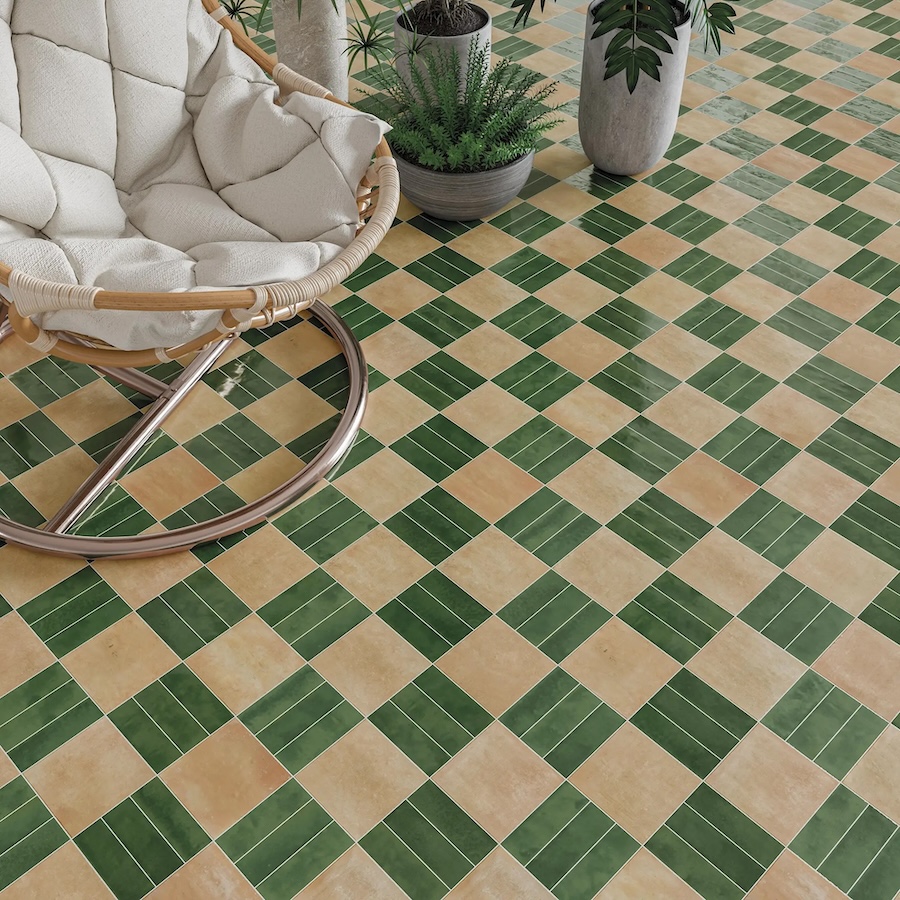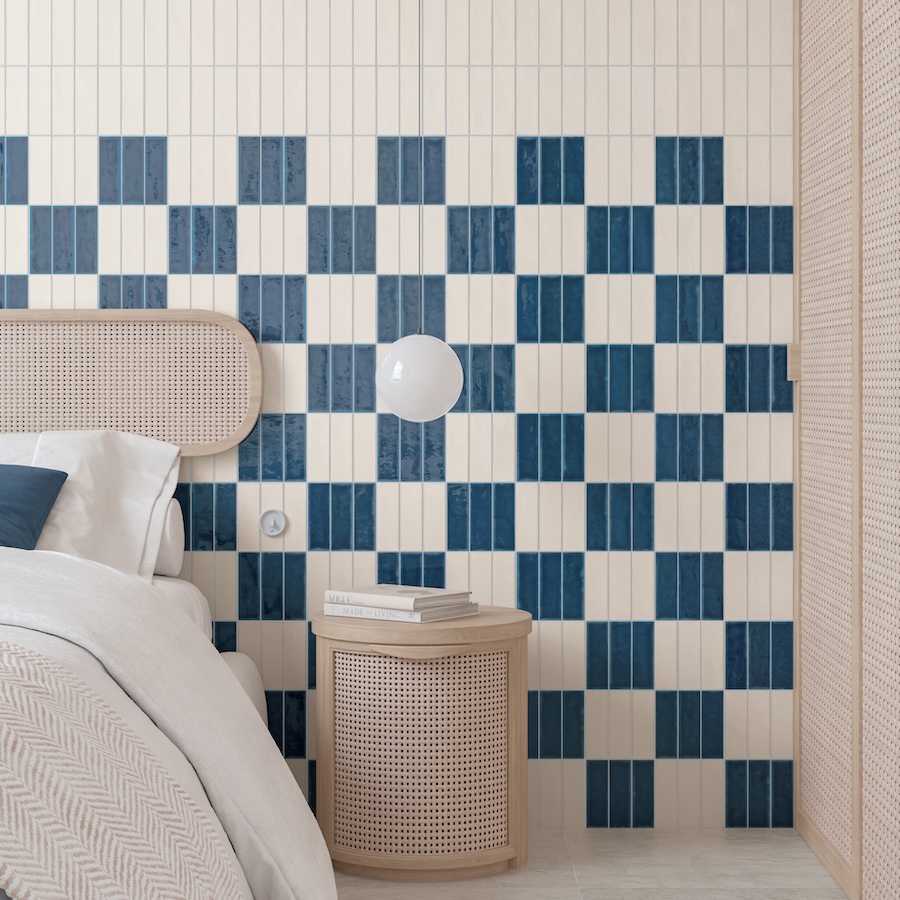Product & Trends Checkmate! Elevating Spaces with Checkerboard Floors
Oct 30, 2024Checkerboard patterns are once again in the spotlight — this time in the form of paint, textiles, wallpaper, and ceramic/porcelain. Checkerboards are an enduring design element that transcends trend status. The pattern has been a classic choice for centuries and has never truly gone out of style. However, the classic patterns are certainly having a moment in interior design. Why the resurgence in popularity?
Checkerboard is quintessentially classic yet, at the same time, modern. The geometric shapes are easy on the eyes and are easy to create with tile (or paint), making the pattern accessible to even DIYers. The re-emergence of checkerboard floors can also be attributed to the growing popularity of the "period modern," a design style that merges both traditionally designed interiors with contemporary. The checkerboard floor is perfect for this trend.
Checkered Past: A Brief History of the Checkerboard Pattern
The Earliest Checkerboard Patterns
The checkerboard designs have been found in ancient Egyptian hieroglyphics, Stone-age pottery, fabric, and ancient board games (precursors to modern-day chess). Once stone and tile were used to make floors, the ancient Romans began incorporating checkerboard patterns into their buildings.

The checkered pavement of the Temple of Augustus lobby in Cartagena; Viator Imperi, CC BY-SA 2.0, via Wikimedia Commons.
The Renaissance & Baroque Eras
Inspired by the grandeur of Roman architecture, architects incorporated checkerboard floors into the magnificent palaces and vibrant public buildings that became that became defining features of the Renaissance and Baroque era. These checkered floors were crafted from luxurious materials, like black and white marble or intricately colored stone tiles.
The architecture of Versailles showcases a blend of Late Renaissance ideals with Early Baroque elements. In the late 1680s, a black and white checkerboard pattern was featured on the ground floor landing of the Queen's Staircase at Versailles.
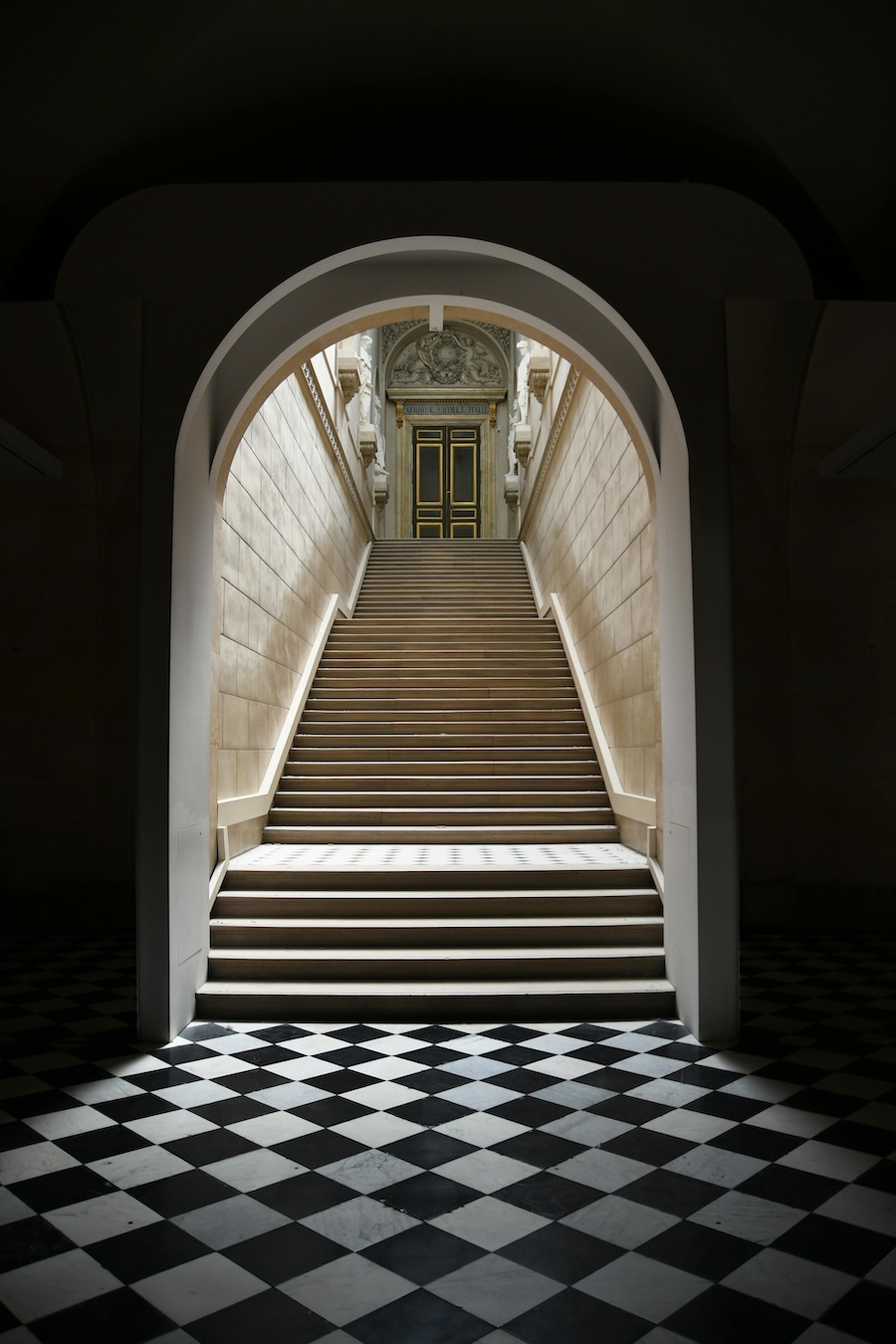
You can see checkerboard floors in many Renaissance and Baroque paintings in both fictional scenes and real-life events, like royal weddings.
Dutch painter Johannes Vermeer depicted checkered floors in many of his paintings. Vermeer was a Baroque painter but used Renaissance painting techniques in his work.
 The Art of Painting, Johannes Vermeer, Public domain
The Art of Painting, Johannes Vermeer, Public domain
A corridor in the ornate palace of baroque masterpiece Palace of Venaria, in Venaria Reale, Italy, is pictured here with its decorative columns and checkered floor.

Palace of Venaria by Viaggiolibera - , CC0
The Industrial Revolution to the Modern Era
With the advent of the Industrial Revolution, materials like linoleum and manufactured ceramic tile made checkerboard flooring more accessible to the masses. Checkerboard patterns surged in popularity during the Victorian era and the 20th century.
By the 1950s, checkerboard floors (especially black and white) became iconic in diners and kitchens across the United States. This connection to the American mid-century aesthetic has persisted, making the checkerboard a favored choice for those seeking to infuse a nostalgic element into their decor.

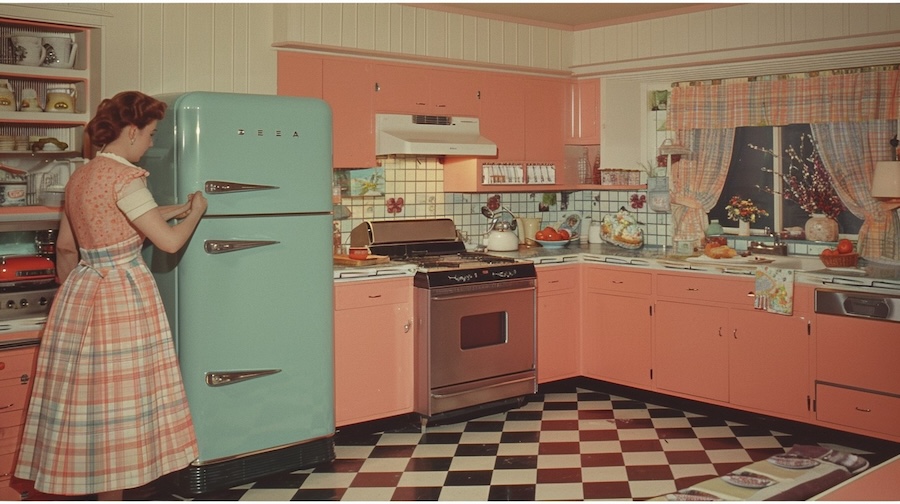
Today, the checkerboard pattern is celebrated for its versatility and bold visual impact. While the timeless black-and-white scheme remains a classic staple, contemporary designers are breathing new life into the design by exploring innovative patterns and vibrant multi-color combinations to revitalize the design. Thanks to its remarkable versatility, the checkerboard is finding its place in a wide array of residential and commercial spaces. Elevate the checkerboard with marble or tiles that mimic luxurious materials, or embrace a more playful aesthetic with brightly colored tiles. Checkerboard's enduring appeal lies in its simple yet dynamic arrangement, offering endless possibilities for customization and making it a timeless choice in flooring.
Get inspired with these checkerboard tile floors and walls from Crossville Studios.
Bejmat Porcelain Tile
Bejmat floor and wall tile, as part of the Moroccan Zellige trend, is considered an art in itself. Bejmat features 9 shaded colors and two shapes to dress entrances, patios, fireplaces, countertops, pools and any living space. The versatile tile collection offers great opportunity for crafting custom checkerboard patterns.
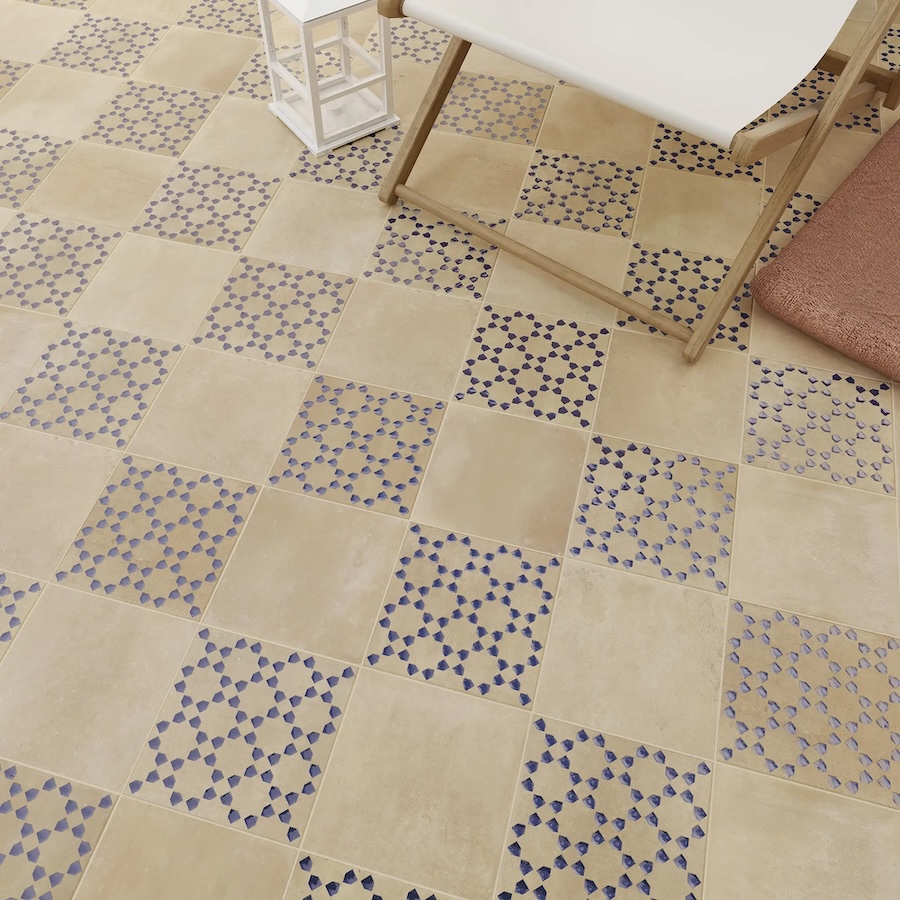
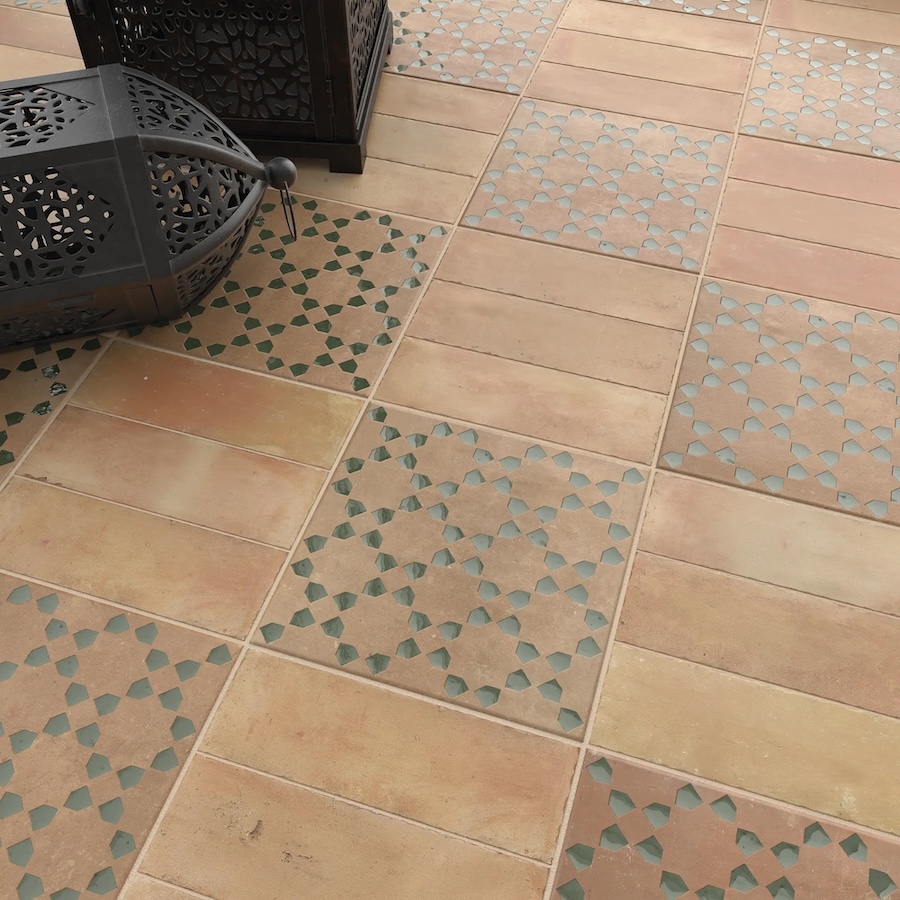
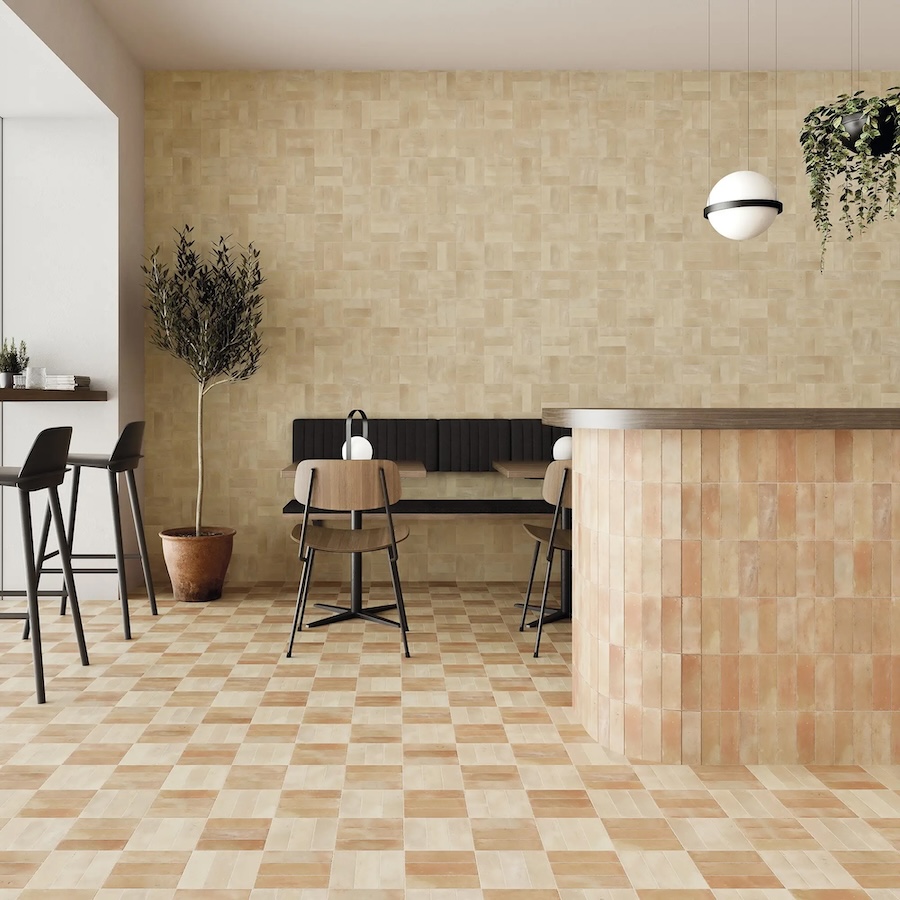
Retro Active 2.0™
Crossville’s Retro Active 2.0™ porcelain tile answers any design challenge. The line’s 13 through-body hues come in polished and unpolished finishes, as well as the linear Pattern texture. Seven diverse sizes invite mixing and matching with modularity. Interplay the options to bring interactive style (including checkerboards!) to your next project.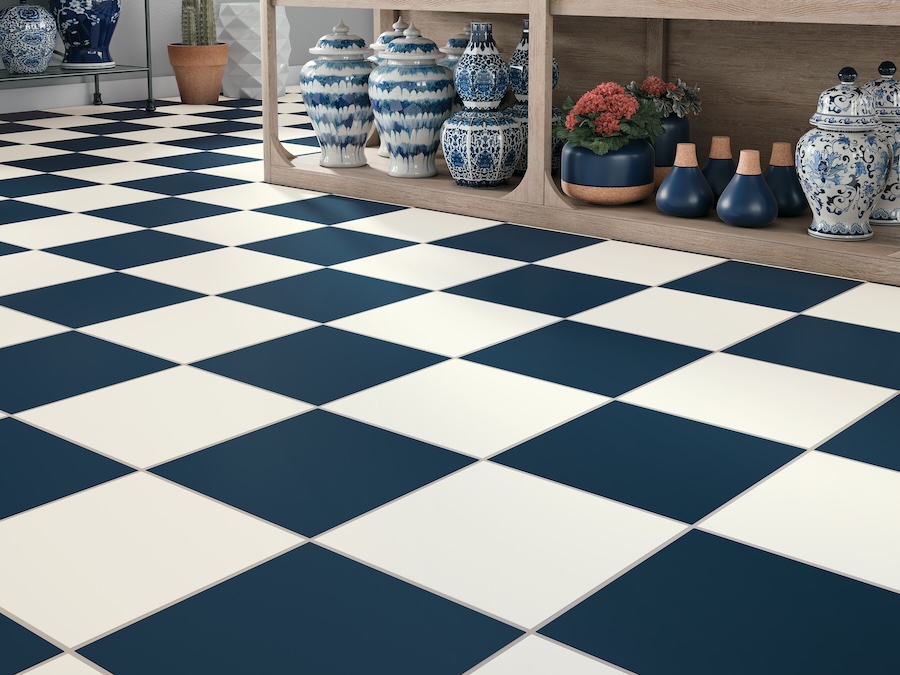
Colour Notes Ceramic Wall Tile
Inspired by vibrant notes, Colour Notes wall tile collection blends artistic color splashes with the harmony of musical notes, transforming your space into a chromatic masterpiece. Mix and match to create a unique composition that resonates with your style.
Solid Ceramic Wall Tile
Our Solid wall tile collection offers a new geometry in perfect balance, with a range of sizes and 6 hues that are infinitly combinable.
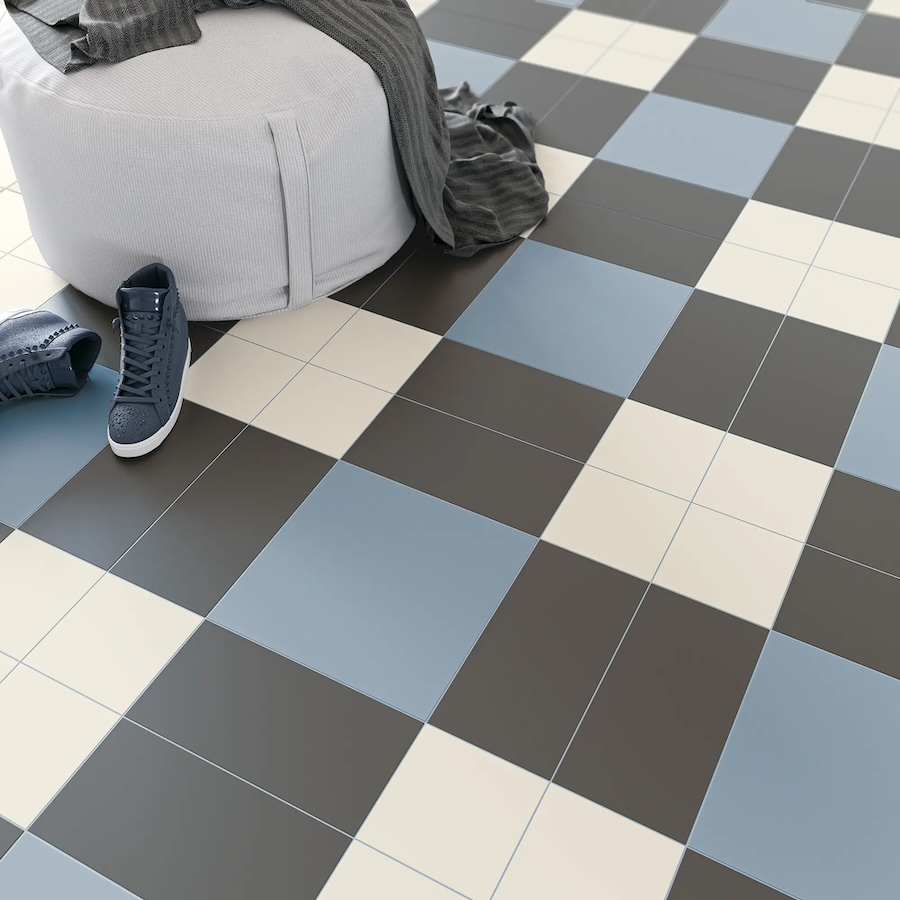
We'd Love to Hear From You!
The Crossville Studios tile pros at our 27 dedicated locations are here to assist you in exploring the latest tile trends and help you specify for your tile projects with confidence. Connect with us today!



